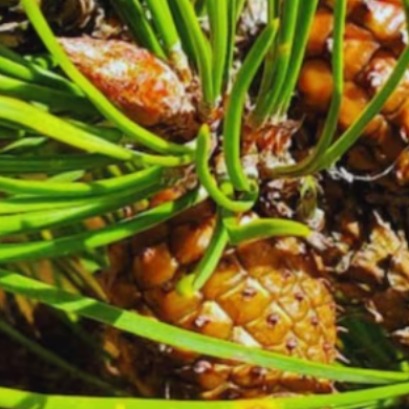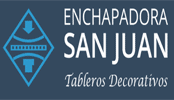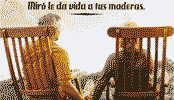.jpg)
4 razones que convierten los bosques estadounidenses en una caja de fósforos
Estados Unidos padece incendios cada vez más devastadores y según los expertos, estas son las condiciones que hacen a los bosques cada vez más vulnerables, especialmente en el oeste del país.
SAN JOSÉ, California.- Decir que con el calentamiento global habrá más incendios parece una conclusión casi obvia y sin embargo, a pesar de la cantidad de damnificados no todas las personas entienden aún la magnitud de la amenaza que significa esta aseveración. Por ejemplo, California registró 600 incendios forestales más en 2016 que en 2015 y este año también ha sido catastrófico.
Además del aumento de la temperatura, hay al menos cuatro factores clave que empeoran la situación de los bosques estadounidenses, Mayor tiempo de vulnerabilidad, Condiciones más secas y mayor evaporación, Más plagas de insectos, Más rayos todo esto de acuerdo con expertos de la Administración de Incendios de Estados Unidos, la Federación Nacional de Vida Silvestre (NWF, por sus siglas en inglés), el Departamento contra Incendios de California (Cal Fire) y de las universidades de California y Ohio.

IT MAY INTEREST YOU
 The DNA of forests: they discover what makes a tree resist drought
The DNA of forests: they discover what makes a tree resist drought
An international team, with the participation of INTA and Conicet, discovered that genetics can be decisive for trees to better resist droughts
 The discovery of methane-producing bacteria in trees rethinks the ecological role of forests
The discovery of methane-producing bacteria in trees rethinks the ecological role of forests
Pioneering study shows trees surprising internal microbial diversity and potential influence on global climate, driving novel strategies for agricultural and forestry management
 Combilift Unveils the 2025 Christmas video “Twelve Days of Christmas” – with a Twist!
Combilift Unveils the 2025 Christmas video “Twelve Days of Christmas” – with a Twist!
Monaghan, Ireland – November 2025





















